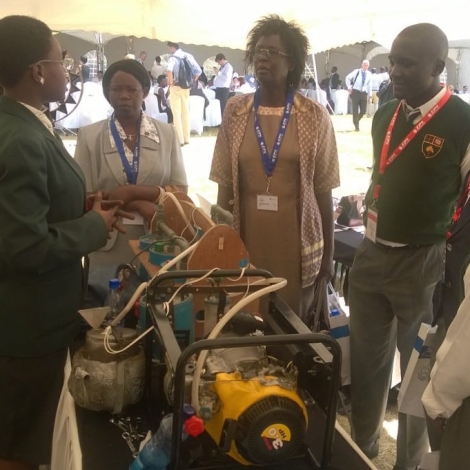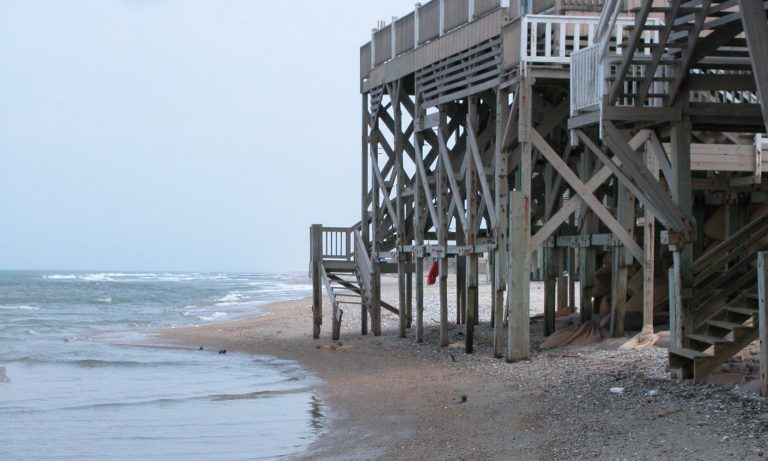New hardware inventions are soaring in the global south, but big business investors don’t seem to be taking notice, yet. I recently returned from India and Kenya to spread the word about the ASME ISHOW and noticed the trends when I caught this year’s competition at the Sankalp Forum Africa in Nairobi, Kenya. The Sankalp forum, an initiative of the Intellecap network, offers social ventures, impact investors, thought leaders and development agencies the chance to share their thoughts on using the market to solve global development challenges.
This is the second year that the India-based Sankalp has brought the event to Africa. The event drew 80 speakers and 500 attendees, and these are a few reflections from the forum that I thought might interest the E4C community.
South-south dialogue
I was struck by the opportunity that the forum provided for south-south learning and dialogue. Sure there was a healthy and, almost obligatory, representation of “westerners” and development folk that flew in for the event (me included) but what struck me was not only the opportunity and framework for “south-south” dialogue but the actual deep engagement and learning that was happening on site. India can be considered as one of the most mature and sophisticated ecosystems in the world of social innovation, and it’s definitely top when it comes to market opportunity. It was great to see the delegates passing along the knowledge they’ve gained from experience, not theory.
Hardware’s stock is rising
From a personal perspective it was great to see “hardware-led social innovation” or, “Impact Inventing,” as The Lemelson Foundation frame it, getting more focus and traction. Lemelson hosted a great session on the complexities of taking products to market at scale with Gearbox, Villgro, Sanegy and Innovate Kenya sharing their perspectives. As anyone involved in the E4C community will know, hardware is hard. It requires expertise and investment, and there’s a lack of access to appropriate “engineering infrastructure,” including maker spaces, supply chains, materials, and rapid-prototyping services and facilities. I’m hoping that investors and development agencies are starting to recognize that investment is needed and patience pays off in the long run.
[For more, please see our webinar, Impact inventing: Improving invention-based entrepreneurship in emerging markets]
Where was Industry?
Industry participation was noticeably absent, Unilever aside. That gap actually represents a huge opportunity for local and international investment. Open innovation platforms allow companies to collaborate with their customers and suppliers. These partnerships can take products to market and invent new business models. Next time, I’d love to see more local and international companies get engaged as many of the solutions on offer will require industry partnerships, capital or talent to ensure that they succeed. Collaboration across sectors is often a difficult conversation to broker, but in the engineering space, that’s exactly the type of thing that ASME and E4C are keen to facilitate.
What do you think? Did you participate in Sankalp?Do you have an hardware-led social innovation that could win the ISHOW? Should E4C cover more of these events? We’d love to hear from you in the comments below.

